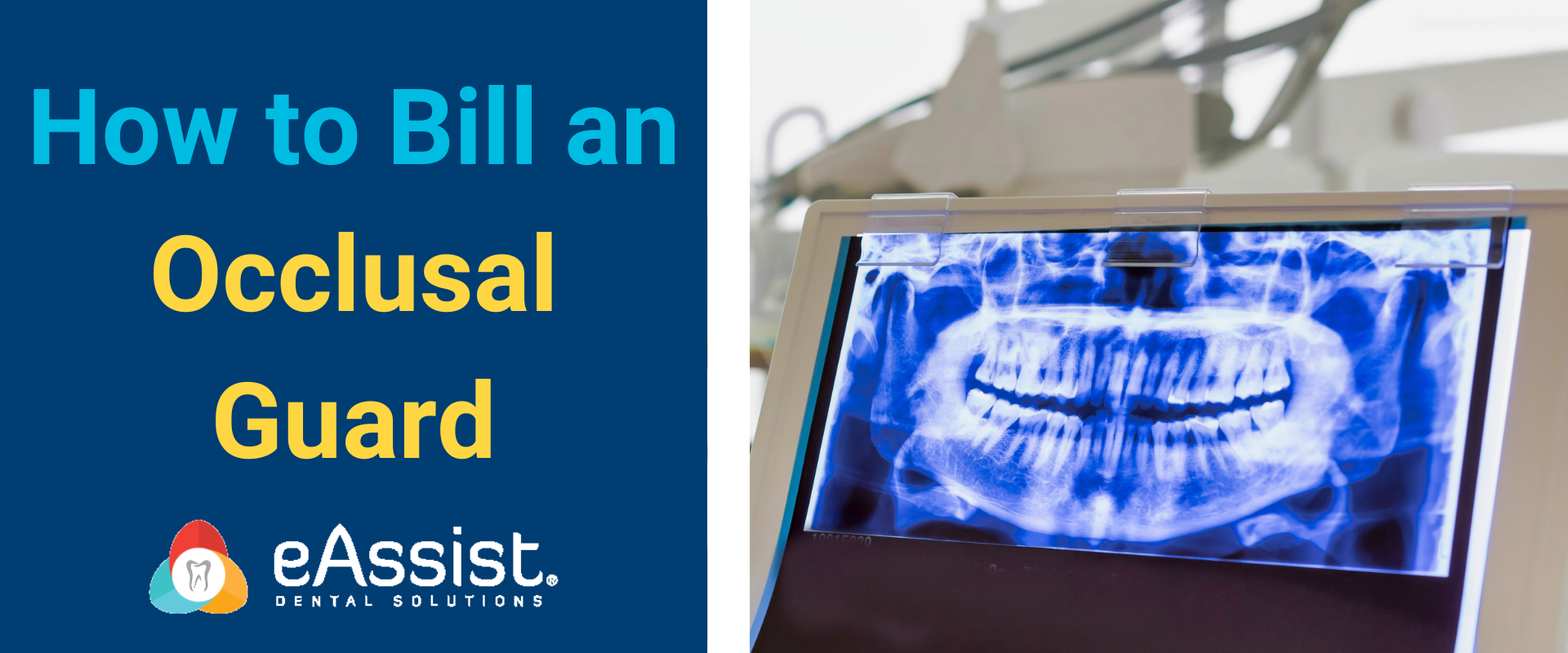Your patient has more than one dental plan and you ask “Which is your primary plan?” The patient looks at you and says “I think it is my insurance, AETNA.”
The key here is “It think”, because translated it means, “I don’t know, just bill it and see if they pay.”
This is not recommended as it could result in a costly delay of payment. Determining the primary coverage is often not that easy and requires verification prior to providing services to the patient.
Lately many policies that have emerged since the Affordable Care Act involve billing the medical policy first and then the dental. Each state has the choice to create its own COB laws but know that “self-funded” plans must follow federal law ERISA, not state law. In the chaos there are some general guidelines that apply to many but not all of the COB situations and they are:
- Medical or Dental: When it is determined that medical benefits are available for treatment performed by a dentist, the medical plan is usually primary.
- Child Custody or Dependent Children: If the parents are married or have joint custody, the birthday rule (parent whose birthday is earliest in the year) is primary (not the oldest parent).Divorced parents-the court ordered decree will determine the order of coverage. This can get complicated.
- Several Active Employer’s Coverage: The plan that has covered the employee the longest is usually primary.
- Employee or Dependent: The plan that has coverage for the patient who is also the subscriber is primary to the plan that covers the patient as a dependent.
- Prior Employment: Still covered by COBRA or retirement plan insurance and get another job with insurance, the insurance that covers the patient as an active employee is primary.
When you have determined to the best of your knowledge which policy is the primary, send in the claim with all of the required coding and documentation. When you receive the EOB and hopefully a check, send a copy of the EOB to the secondary insurance plan along with the claim and documentation. Send your full and usual fee to all insurance plans. If you are in network with one and send those fees and out of network for the other and your regular fees are higher, the insurance will pay the lowest fee schedule regardless of network affiliation.
Patients usually want to know exactly how the plans will cover their costs and anticipate between the two that all will be covered. This is not possible because the secondary payer considers the primary payment before providing actual payment. This is to prevent both policies from paying in full for the same procedure or referred to as duplication of benefits.
As you can see COB can be wrought with complexities and having a team of people who can help with this makes it easier to do what you love, dentistry.







Brandy Davis
Your comment is awaiting moderation.